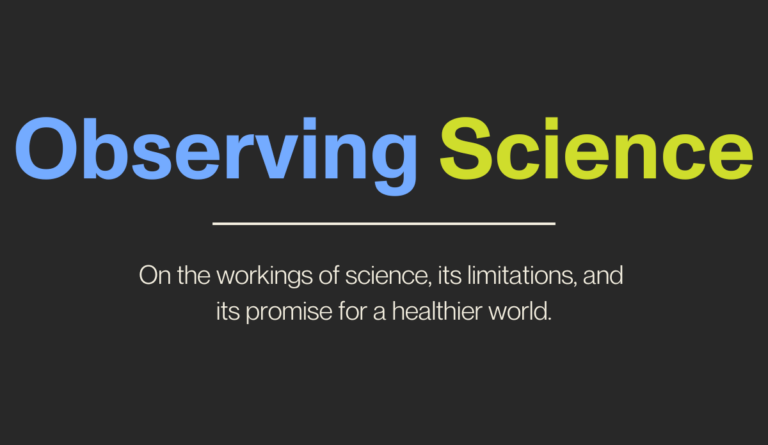Innovation Spaces
On how science can create space for innovation and celebrate the development of new ideas and cultural norms.

Read Time: 4 minutes
Published:
In a 2015 paper, “Does science advance one funeral at a time?” Pierre Azouley and colleagues show that when a star scientist dies, those in their network publish less, but those who had not previously collaborated with the dead scientist publish more. Dramatically, these new papers were, in this analysis, more likely to be highly cited. The authors suggest—plausibly enough—that the field, with the passing of an eminent scientist, becomes more hospitable to different ideas proposed by those who think differently than the deceased. In a subsequent publication of this paper, the same authors suggest that “the loss of a luminary provides an opportunity for fields to evolve in new directions that advance the frontier of knowledge.”
All of this aligns with our intuition as working scientists. Fields often form a consensus, and that consensus is reinforced through the work of those who have been influential in a particular area. This consensus infiltrates through the peer-review process that effectively polices papers under consideration. A shakeup in the field creates space for different ideas. The most interesting question to emerge from this set of observations is whether we can learn from these observations to create space for innovation without the deaths of leading scientists. How can science create space for ideas that innovate, that think outside the box of established thought? We offer three ideas in this regard.
Normative and cultural shifts to celebrate new ideas—rather than to eye them suspiciously—must lead the way. Nothing happens in any field without norm-setting that nudges our thinking and work in particular directions. And similarly science can benefit from encouragement from within its ranks to “think different,” as Apple advertisements suggest. This is not so easy—particularly for junior scientists trying to get their work accepted in the field—and requires both encouragement and the nurturing of a culture that is forgiving of different ideas, starting at the local lab group all the way up to leading journals’ editors. It means creating a culture in science that allows breathing room for error and rewards—rather than punishes—well-intentioned misdirection. This is far from where we are today in science and will require some soul searching by leading scientists who can set the tenor of fields if we are to achieve this cultural shift.
Cultural shifts matter little without structural efforts to reinforce desirable behavior. Science that thinks differently must be encouraged by journals. Journals do have tools at their disposal that can allow them to do this. Special issues that call for papers on a novel topic are one way in which we encourage a particular type of work. Similarly, editorials in peer-reviewed journals should offer a trail of ideas that then scientists can follow in their work. If journals were to publish more studies with negative results there might be greater efficiency of discovery as blind alleys are avoided in subsequent research. But how often do we see encouragement for submission of scientific work that challenges established paradigms? Should we encourage exactly that, explicitly?
Academic achievement is measured through publication “widgets” and receipt of grant-funding, and those publications and financial resources are more easily achieved if one takes up mainstream ideas, falling into the slipstream of thoughts that are already widely accepted. Government funding agencies are more likely to support work related to work that has received backing in the past and therefore has a pedigree suggesting a high likelihood to “succeed,” if only incrementally. But perhaps providing long-term funding to creative individuals rather than to specific projects may lead young researchers to take more risks.
Institutions that ultimately arbitrate the promotion of scientists also need to reward work that is difficult and moves the field in new directions. In recent years, there have been efforts to create alternative CVs, for example, which can better highlight a scientist’s and their science’s contributions. Such efforts can create the space for junior scientists to conduct pioneering and difficult work with some assurance that it will be recognized and rewarded, or at the very least not impede their academic progression.
These steps are not easy. Scientists reward their own close followers and their own ideas as much as do those in other professions. But surely, we should be encouraging innovation without needing to wait for leading scientists to die? The evidence suggests that this will not just happen, but will require those who think and care about science to take the steps to make it so.
Previous Issue: Collaboration




